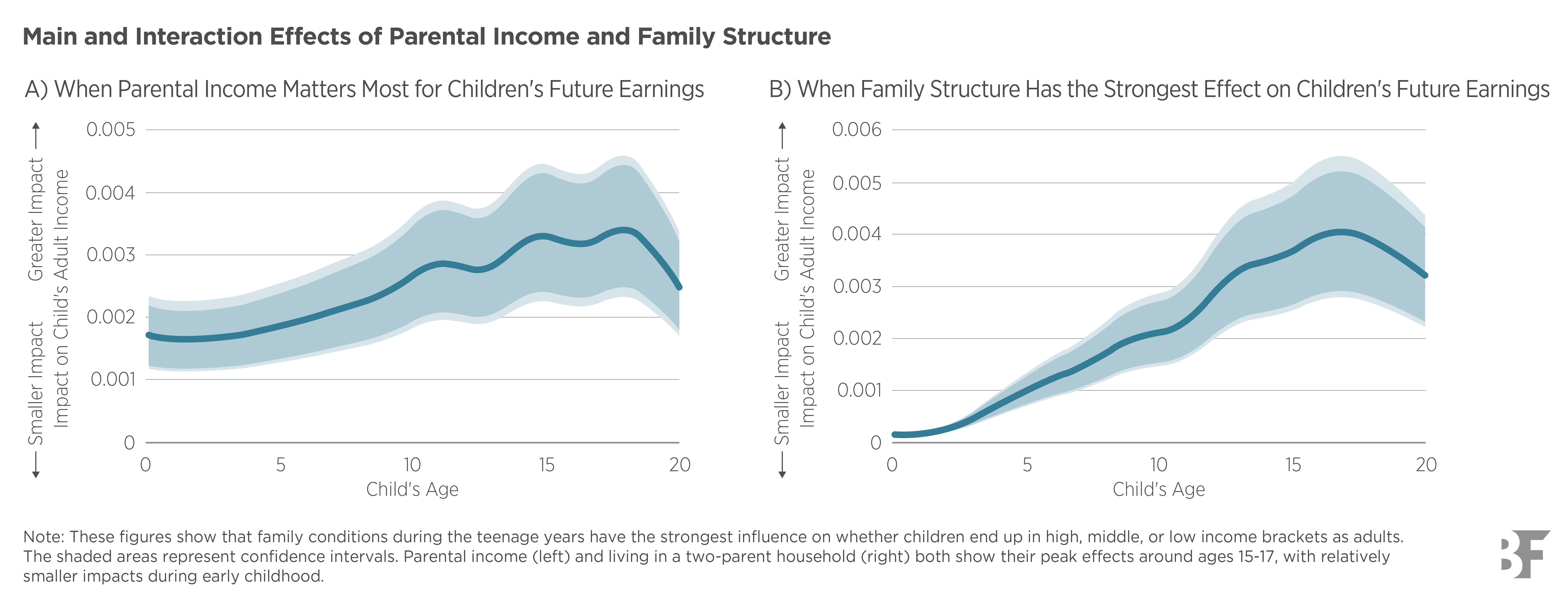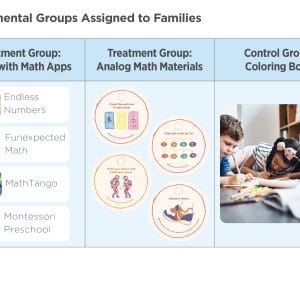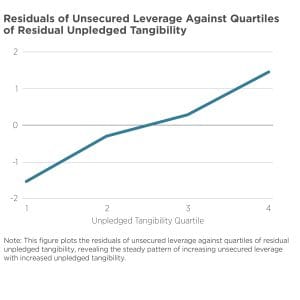A rich literature within economics focuses on intergenerational mobility: the extent to which children’s economic outcomes differ from those of their parents, measuring whether advantage or disadvantage passes from one generation to the next , or, the relationship between parents’ socioeconomic status and their children’s outcomes later in life. While much research focuses on how parents’ average income shapes that of their child, research also suggests that timing matters across childhood. Moreover, joint consideration of family income and family structure is less common, despite evidence that family structure impacts a child’s stability, emotional well-being, and mental health in ways that may interact with financial resources. Motivated by this, this paper tracks how parental income and family structure trajectories throughout childhood affect adult income.

Using data from over 1,000 families in the Panel Study of Income Dynamics, the authors develop a novel statistical framework that captures both the timing of family circumstances and their interactive effects across different developmental stages. Rather than examining income levels directly, the authors focus on income categories—classifying children into low-, middle-, and high-income brackets as adults. They define low income as below two-thirds of the median, high income as exceeding twice the median, and middle income as falling between these thresholds.
The authors analyze how parental income and family structure trajectories from birth to age 20 predict the probability that a child will end up in each of these three income classes, allowing them to identify when during childhood these family conditions have the strongest effects and whether they work as complements: two factors that work better together than separately, where the presence of one enhances the effectiveness of the other or substitutes: two factors that can replace each other, where having more of one reduces the need for the other . They find the following:
- While parental income benefits children at all ages, the effects are strongest during middle childhood and adolescence (ages 10-17) rather than early childhood. In other words, a child whose family has higher income during their teenage years is significantly more likely to achieve high adult income than one whose family had the same total income concentrated in early childhood.
- Family structure effects peak in adolescence. Children from two-parent households show modest advantages in early childhood, but these benefits become pronounced during middle childhood and peak around age 17. Living with both parents during the high school years provides the greatest boost to adult economic outcomes.
- Financial resources and family stability are complements, not substitutes. Rather than compensating for each other, parental income and two-parent family structure work synergistically. The benefits of higher family income are amplified when combined with family stability, and vice versa. This complementary relationship is strongest between parental income during middle to late childhood and family structure during late childhood.
These results underscore the importance of coordinated policies and interventions that address both economic and familial stability, particularly during critical developmental periods, to maximize the likelihood of positive outcomes for children. Importantly, the strength and timing of these effects may differ by gender, race and ethnicity, parental education, or other sociodemographic characteristics, suggesting an avenue for future research.












